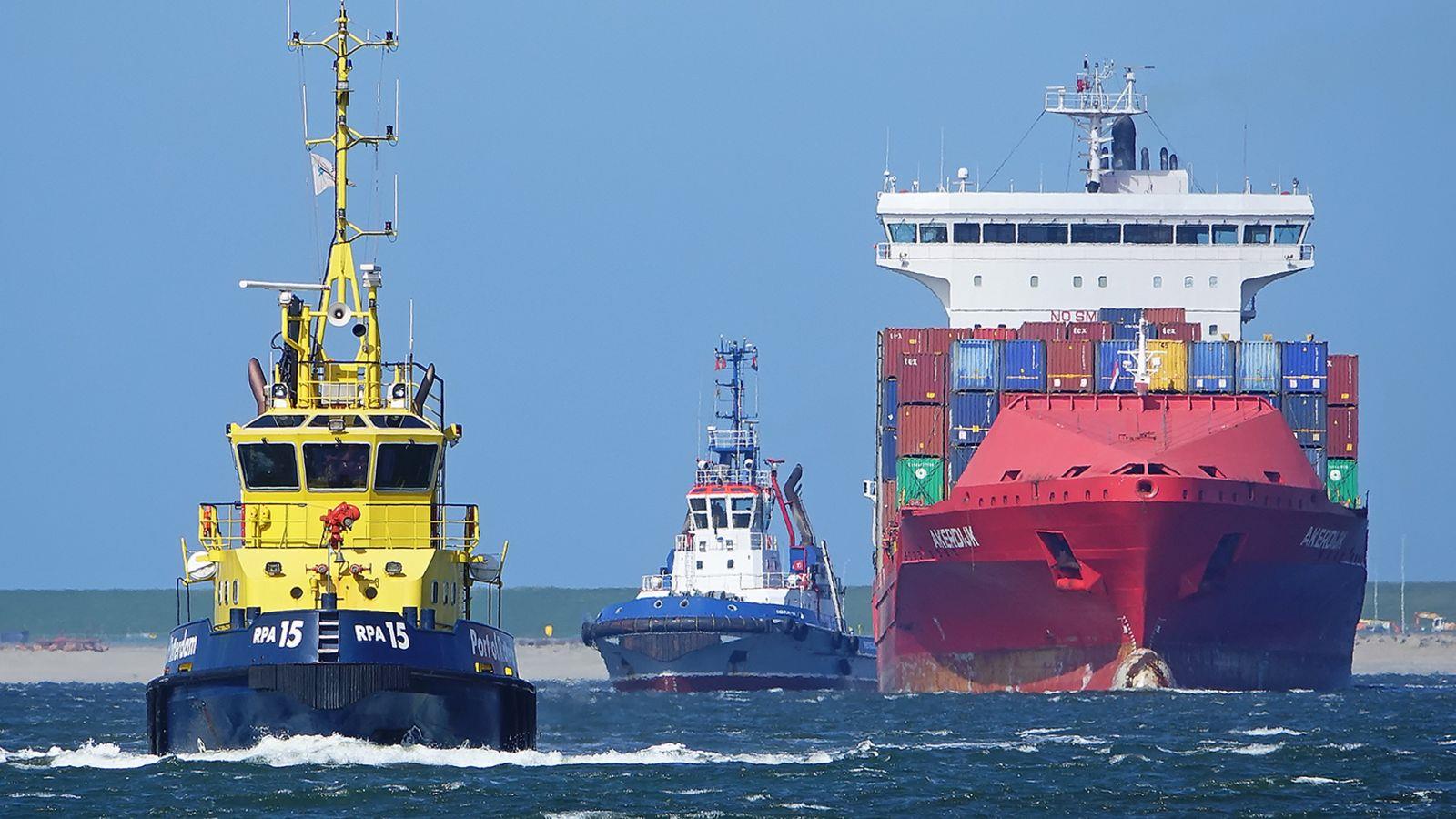Port of Rotterdam said volumes at Europe's largest port recovered in the second half of 2020, limiting the decline in annual volume last year to 6.9% by comparison with the previous year.
The volume of goods throughput in the port of Rotterdam reached 436.8 million tonnes last year — maintaining its position as the largest port in Europe by far.

In a statement, it said during the first half-year, total throughput fell by 9.1%. However, in the second half-year, that fall was 4.6% by comparison with the same period last year.
The changes in volume, it said, were largely attributable to the corona recession.
The Port noted that above-average volume decreases were seen in iron ore, coal, crude oil and mineral oil products while increases were seen in the throughput of agribulk and biomass.
"One bright spot was the rise in the throughput of other liquid bulk. In this group, there was a strong performance in the throughput of biofuels and particularly biodiesel. That led to a strengthening of the position of Rotterdam as a hub for this product," the gateway reported, making it the largest bunker port in Europe.
Port of Rotterdam noted that container throughput in 2020 was unpredictable because of the pandemic. Initially, it was affected by the lockdown in China but as the virus spread further through Europe and the rest of the world, demand for goods fell sharply. Many services were also shut down.
"There was a strong recovery in terms of volume after the summer because consumers spent mainly on physical goods rather than services. Throughput volumes in the second half of 2020 were, therefore, higher than in 2019 (76.4 million tonnes as opposed to 75.7 million tonnes)," the port said.
Outlook in 2021
Looking ahead to the throughput volumes in 2021, Europe's largest port expects the timing of recovery to be largely dependent on the ongoing vaccine rollout worldwide.
"Much will depend on the speed and effectiveness of national vaccination campaigns. If those vaccination programmes are effective, world trade can be expected to revive," the port said.
"Nevertheless, a return to pre-COVID in 2021 is unlikely given the subdued outlook for economic recovery. International travel, for example, is expected to remain limited this year, and there will be therefore less demand for oil."
Meanwhile, the port expects its quay expansion to boost its capacity by four million TEUs after the gateway awarded the construction of some 2.4km of quays and earth-retaining walls in the Princess Amalia Harbour to contractors.
Boudewijn Siemons, chief operating officer of the Port of Rotterdam Authority, said “particularly because of e-commerce, container volumes are increasing sharply.”
“To further strengthen our leading position as Europe's largest container port, we are now responding to this development by investing in the further expansion of the Princess Amalia Harbour. This is an investment that will boost the competitive position of our customers and of Rotterdam,” Siemons said.
The potential additional container traffic of 4 million TEUs is equivalent to an increase in capacity of about 28% over the 2020 annual total.



